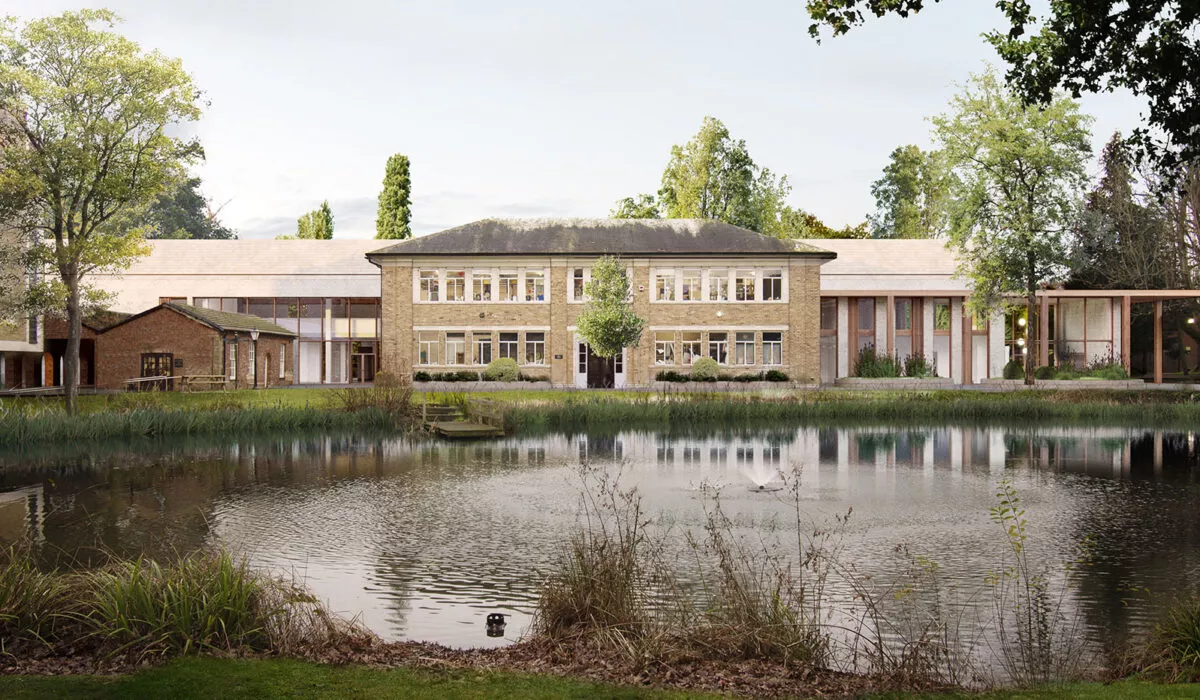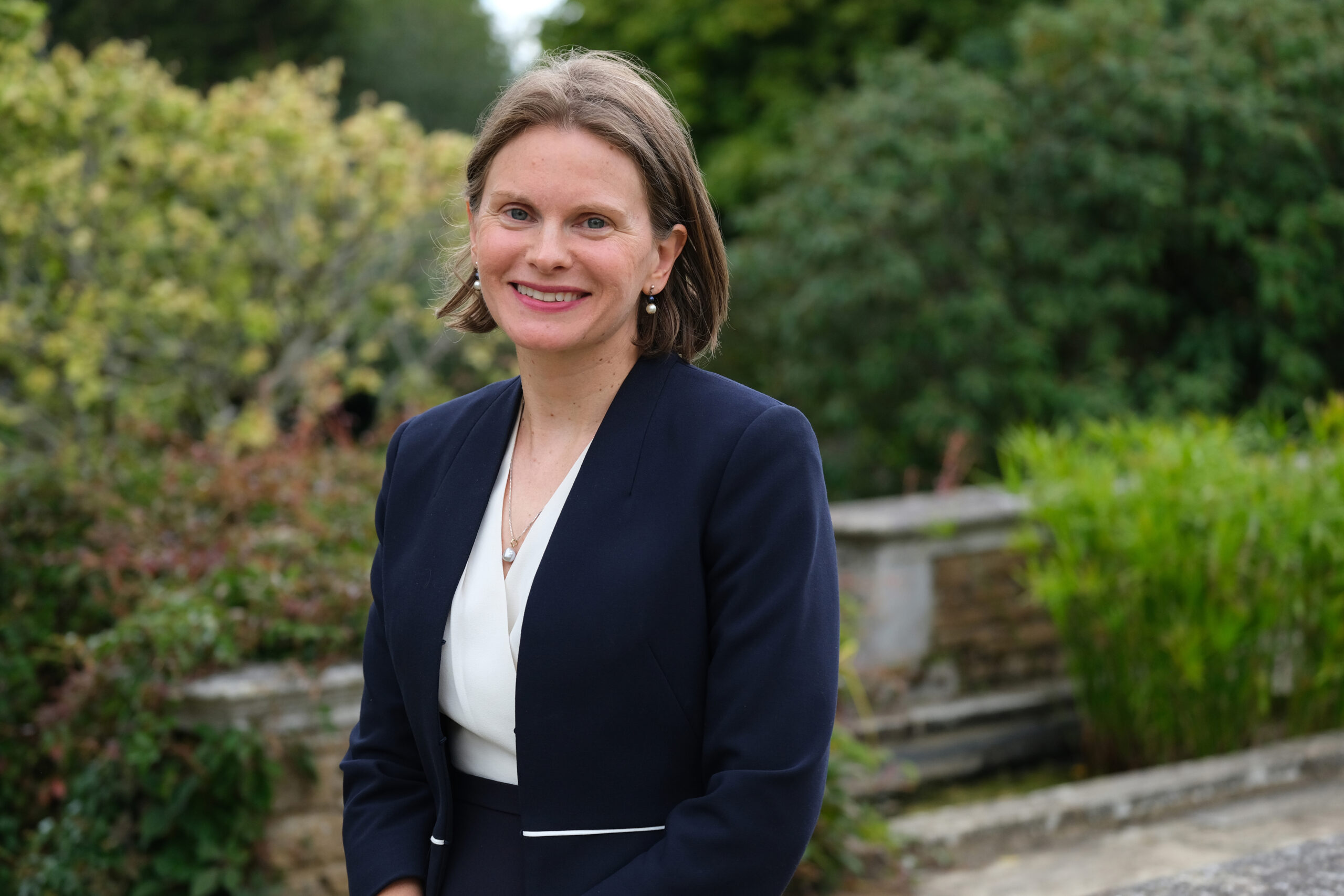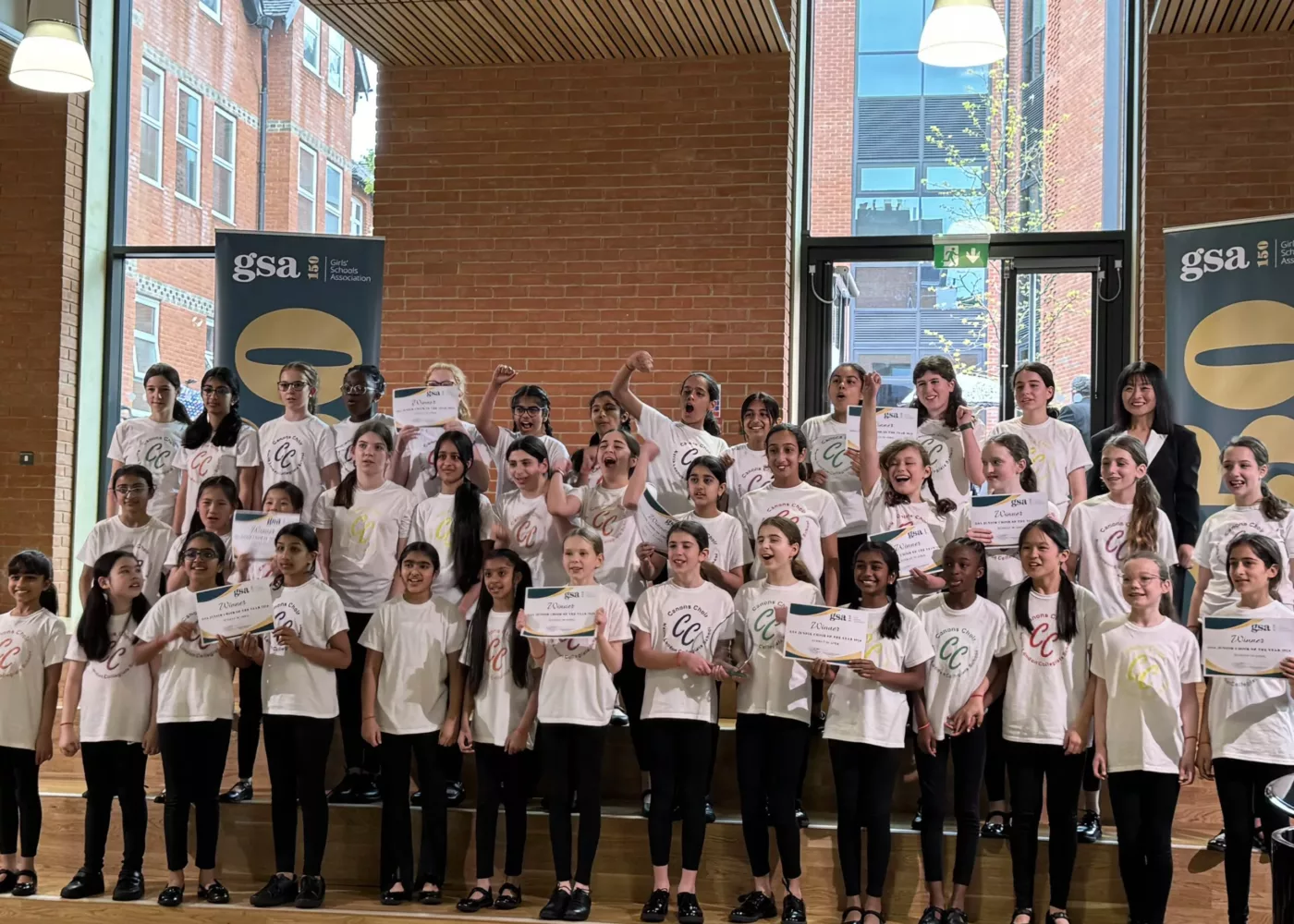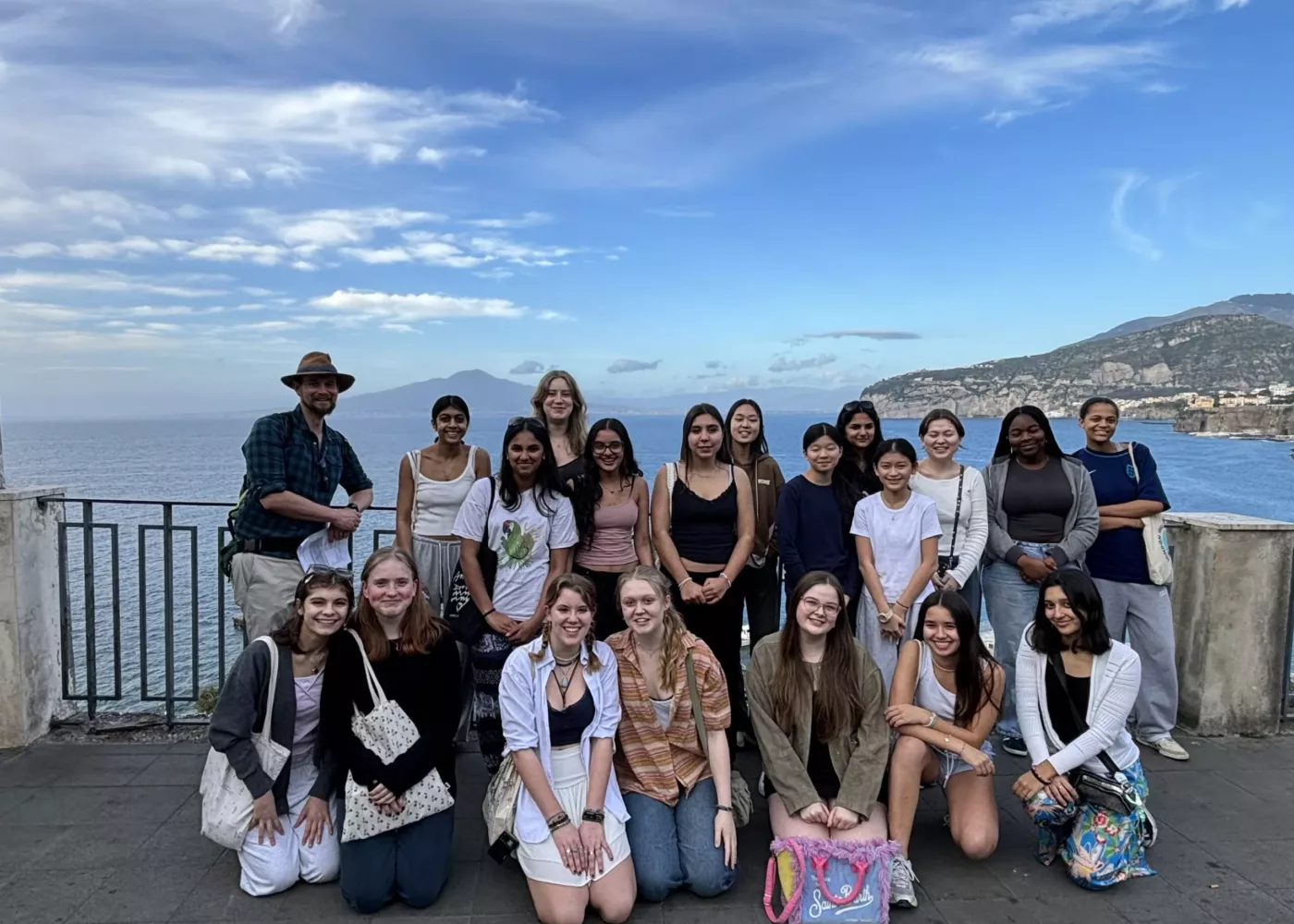I am not sure how many of you remember the film My Big Fat Greek Wedding (great film) but there’s a wonderful scene early on in the film in which the patriarch of the family says: “Give me a word, any word, and I show you that the root of that word is Greek.” I sometimes feel like Gus Portakolos when I wheel out yet another classical reference in a speech or assembly or indeed a blog, but as this is my first blog at NLCS I hope you will indulge me.
This blog is about innovation or why we are setting up an innovation centre. Actually, the root of innovation is not Greek but Latin; however, the concept of innovation was one the Greeks were well versed in. There is a wonderful little book by a classicist called Armand D’Angour about Aristotelian ideas on innovation. I recommend it for oblique references in board meetings – Aristotle is probably a cut above even the Harvard Business Review.
For Aristotle, innovation involved three things: 1. The adaptation of existing elements, 2. The cross-fertilisation of different entities and 3. The disruption of previous conditions. Armand D’Angour, the translator, who pulled together a range of fragmentary sources to write his book How to Innovate, writes this of innovation: “Innovations are made when people enjoy the freedom and resources to think creatively, when opportunities exist to disseminate ideas with ease and rapidity, and when personal, social and financial incentives are present.”
This dissemination of ideas was integral to Athenian society as citizens perambulated in the Agora discussing the philosophical and political matters of the day, or meandered through the olive groves of Aristotle’s Lyceum, the first school of philosophy in the Western World. Later on in 3rd century BC Alexandria, the Mouseion (or Museum) was also designed to bring scholars, scientists and poets together in a similarly dynamic way.
Having a space in which people can come together is an essential component of innovation in education. This is one reason I am very interested in staff communal spaces because they can be enablers or inhibitors of innovation. The new innovation hub at NLCS will provide a space and a framework for teachers at NLCS to come together to work on joint projects involving curriculum development, pupil personal development and teaching techniques, including the deployment of technology. Schools are such busy places and whilst they are full of creativity and zest, it is sometimes hard to find the bandwidth to research, innovate and evaluate in a strategic manner.
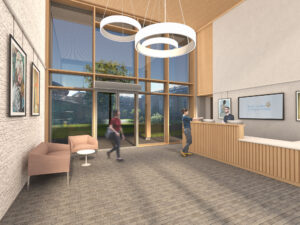
More than ever before, it is incumbent upon us, especially in a school like NLCS, to think deeply about the future of education. We need to encourage interdisciplinary and multi-faceted thinking across more than one subject discipline. We need to encourage an entrepreneurial and creative mindset from a young age. And we need to prepare young women for a dynamic world of work in which they will need to be agile and resilient self-starters.
One of the key ingredients for innovation mentioned by Aristotle was the cross-fertilisation of different entities. The new innovation hub will aim to draw in expert advice from technology companies and other businesses to help reimagine aspects of our curriculum and the way we deliver it.
Of course, what will, I hope, always be in demand are the cognitive skills we develop in NLCS pupils through our focus on providing an ambitious academic education. We teach girls to analyse, synthesise, evaluate, and communicate. The innovation centre will be inspired by our heritage and the school’s intellectual tradition (one of its first tasks will be to work with teachers to design some really exciting research projects for Lower School) but empowered by modernity and a web of connections to the modern world.
I spoke to my colleagues in my first staff address about the concept of Renaissance Man and how inspiring I had found this concept when I first came across it in a History lesson aged 15. The rounded intellectual who sought to know something about the ancient and new fields of knowledge of the 15th century. We need to reimagine Renaissance Man for the modern world and NLCS Girl seems like a pretty good replacement. What should an NLCS Girl know and be able to do to be truly educated for the modern world? That should be a guiding question for a new chapter in NLCS’s history.
